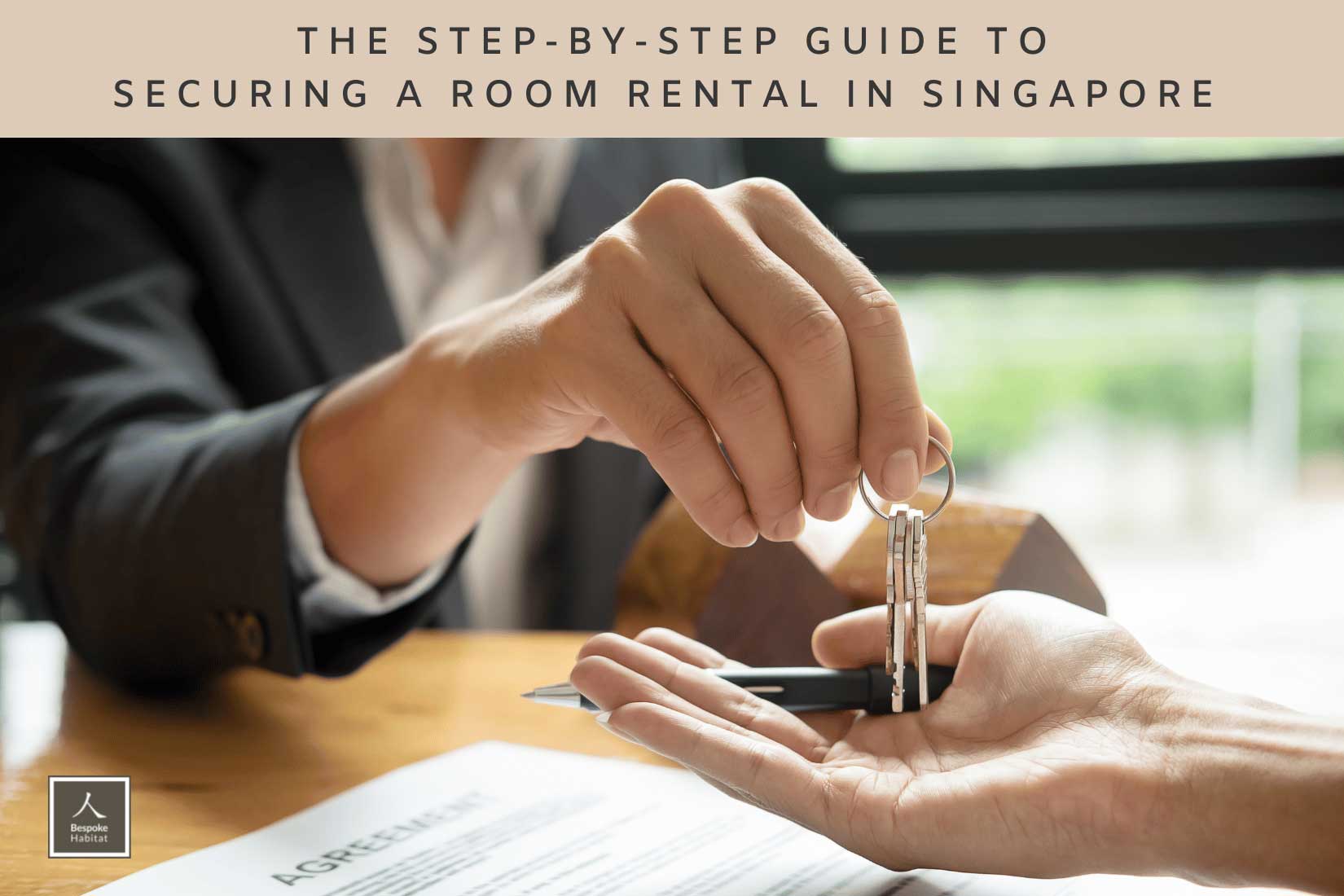
In our previous blog post, we touched on how to go about looking for a room to rent in Singapore. Once you’ve settled on a room you’d like to rent, you’d need to go through the process to secure the room. In this step-by-step guide, we’ll take you through what you need to do.
1. Get in touch with the agent
When you’ve found the room you want after going for a round of room viewings, the next step would be to get in touch with the landlord’s agent to indicate your intent to secure the room. This is also the time to negotiate on the rental rate if you want to.
2. Sign the Letter of Intent
Some landlords may require you to sign a Letter of Intent (LOI) which is a preliminary agreement in which you express your intention to rent the room from the landlord. The LOI is signed by both the prospective tenant and the landlord. After it’s been signed, the landlord will then stop marketing the room within the grace period and can’t rent the property to someone else unless you subsequently decide to give up the room.
3. Pay the deposit
Some landlords will require you to make a non-refundable “good faith” deposit in order for you to “book” the room. This is a sign of your commitment to rent the room. Depending on the agreement with your landlord, this can be deducted from the advance rental or security deposit after you’ve signed the Tenancy Agreement later on.
4. Provide your passport and employment pass details
If you are a foreigner, you’ll need to provide your passport and employment pass details in order for the landlord to draw up the Tenancy Agreement. This also enables the landlord to verify that you have the right to reside and work in Singapore.
5. Sign the Tenancy Agreement
Once you’ve decided to take up the room within the time frame stipulated in the LOI, the landlord will draw up a Tenancy Agreement for you to sign. Read the terms and conditions carefully in the Tenancy Agreement. This also contains the rights and responsibilities of the tenant and the landlord who are the parties involved to the agreement. The Tenancy Agreement will contain details such as the rental amount and payment schedule, lease period inventory list, diplomatic clause, security deposit, termination notice and house rules, amongst others.
6. Pay the stamp duty
You’ll also need to pay the stamp duty for your room rental. This is paid to the Inland Revenue Authority of Singapore. The Tenancy Agreement becomes valid only after the stamp duty has been paid.
7. Pay the security deposit
The security deposit is a one-time upfront amount which you’ll need to pay to the landlord before the start of your lease. Usually, the landlord will collect one month’s worth of rent as the security deposit for each year of lease. The security deposit is a form of protection for the landlord in case tenants damage the property during the lease. The landlord has the right to deduct an appropriate amount from the security deposit to cover the cost required to make repairs or rectify damages caused by tenants.
8. Pay the advance rent
Another upfront payment which you’ll need to make is the advance rental. This is usually one month’s worth of rent and you’ll need to pay this amount before you move in.
9. Agree on the move-in date
One last thing to arrange with your landlord is the move-in date. Stipulate the time and date for your official move-in. This is when your landlord will hand over the keys to you.
Don’t forget to check out our next blog post on what to do before your move-in date and what to look out for on the day you move in.

